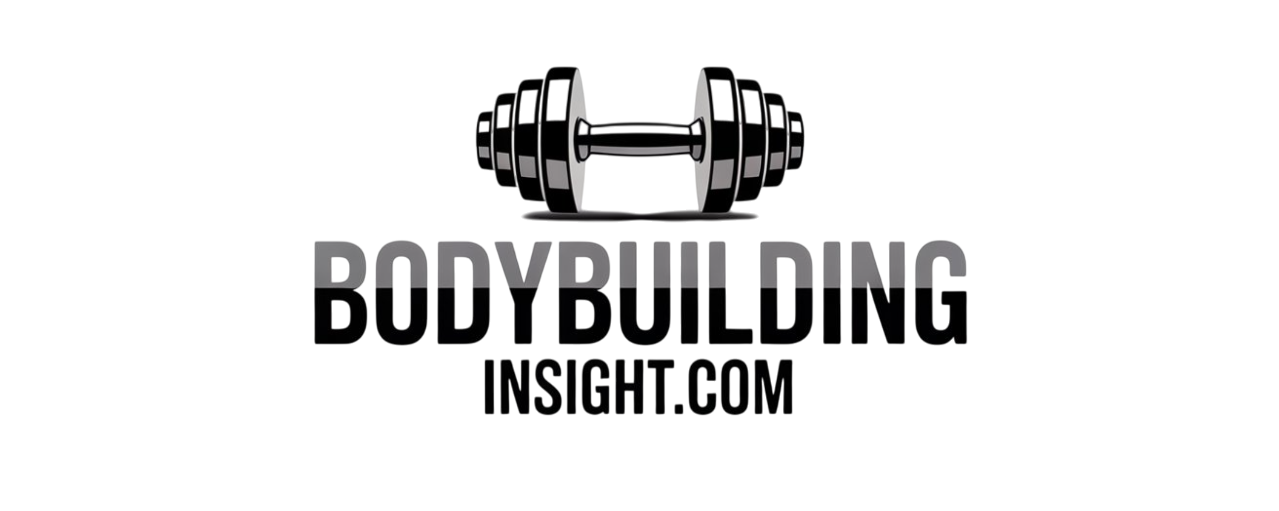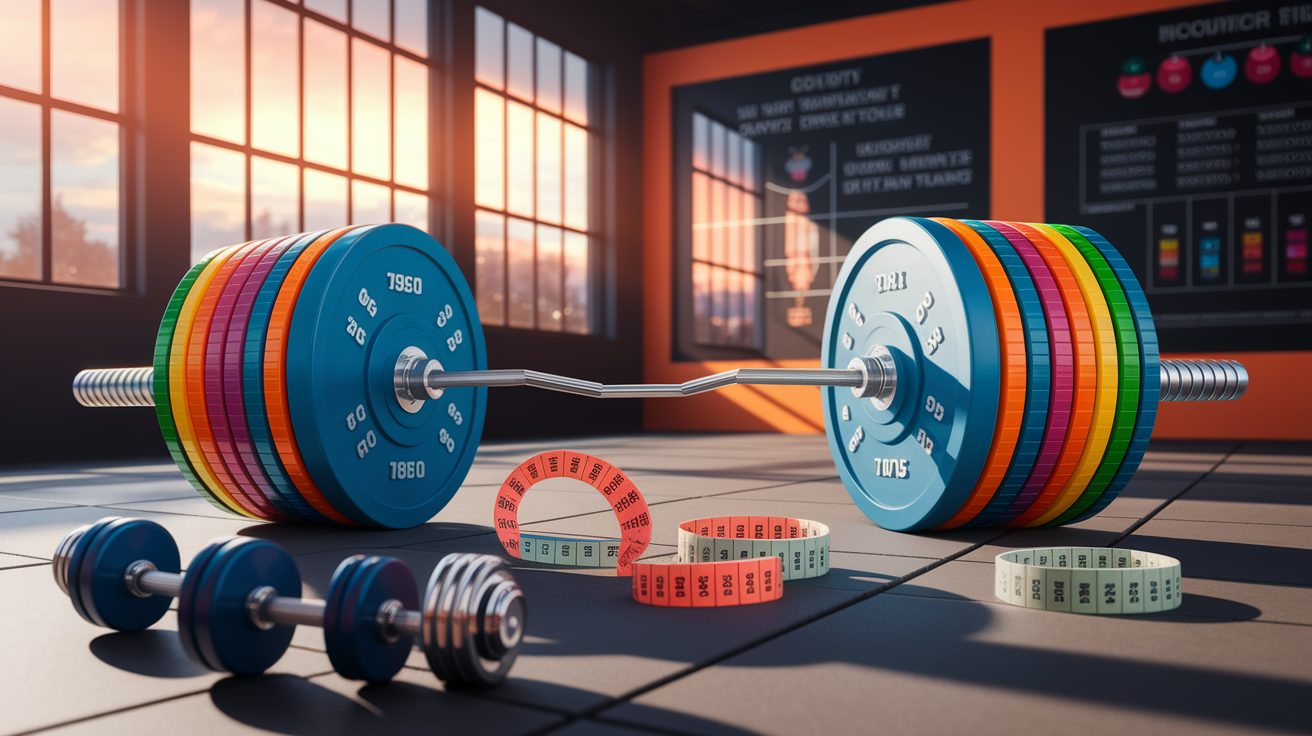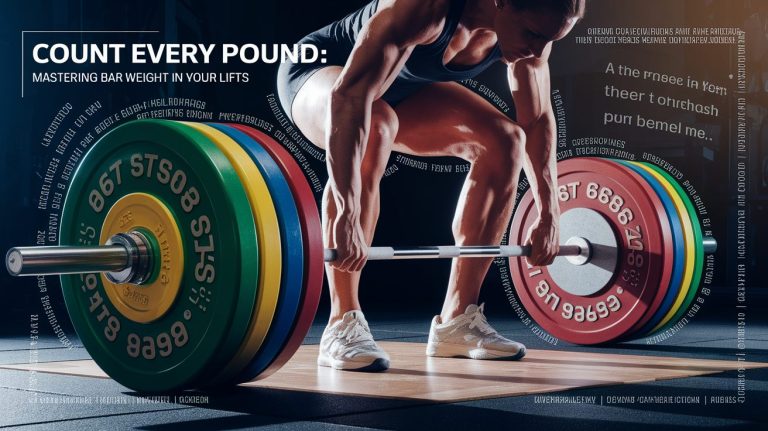Microloading Mastery: How Tiny Increments Drive Big Strength Progress
Unlock Strength Gains: The Power of Microloading
In strength training, big leaps in performance rarely come from big jumps in weight — they come from consistent, manageable progress applied over time. This is where microloading becomes a powerful tool. By adding small weight increments — often as little as 0.5 to 2.5 pounds — you can continue to challenge your muscles while minimizing frustration, injury risk, and plateaus. For lifters who’ve hit brick walls with traditional jumps of 5-10 pounds, this method can keep strength gains on a steady, upward trajectory.

As explained in resources like Precision Point Training, microloading is especially effective for hardgainers and athletes who need finely tuned progression strategies to continue adapting without burning out.
Understanding the Fundamentals of Microloading
Microloading means you’re practicing progressive overload in the smallest measurable increments possible. This approach allows the neuromuscular system and muscle fibers to adapt consistently without the recovery cost that comes from adding full plates each session. Practical tools for this method include fractional plates or micro plates, which can weigh anywhere from 100 grams to 2.5 lbs.

- Increment size: Typically 0.5–2.5 lbs per increase.
- Frequency: Added weekly or session-by-session depending on recovery and program design.
- Goal: Avoiding training plateaus by ensuring your strength curve progresses smoothly.
In short, you’re reducing the stress spike while still maintaining the upward slope in your load progression charts.
The Science Behind Strength Improvements
Microloading works because it stimulates dual adaptations: physiological changes in muscle tissue and neuromuscular improvements in motor unit coordination. By adding fractional increases regularly (as little as 100 grams weekly), the body experiences a controlled form of muscle adaptation — promoting hypertrophy and tendon integrity — while avoiding overload that could impair recovery. Simultaneously, neural adaptation boosts how efficiently your nervous system recruits muscle fibers during lifts.

For a detailed explanation of these mechanisms, see Fitness Volt, which breaks down how small increments enhance contraction efficiency and support linear progression without stagnation.
Building Your Microloading Program
Designing a program around microloading means setting clear targets and respecting recovery protocols. Here’s a simplified structure:
- Identify target lifts: Focus on compound movements such as squat, bench, and deadlift.
- Determine increment size: Start with 1–2 lbs (0.5–1 kg) per session for upper body lifts, 2–2.5 lbs for lower body lifts.
- Set frequency: Increase load once per week, or every other session, depending on performance and RPE progression.
- Monitor volume: Ensure volume progression aligns with capacity to recover.
Over three months, adding just 1 lb per week to your bench can net an additional 12–15 lbs on the bar — a change that feels almost effortless yet significantly boosts strength gains.
Advanced Tactics to Accelerate Progress
- Hybrid progression: Combine microloading with percentage-based progression for lifts where fractional plates can’t be applied easily.
- Volume pairing: Use microloading during high-volume phases to maintain form while still hitting tonnage increases.
- Autoregulation: Adjust increments based on recovery markers such as RPE, sleep quality, and weekly strength testing.
- Deload integration: Pair microloading with strategic deload phases to keep adaptation curves rising without fatigue overload.
The key is respecting both training intensity and volume progression in your programming. Resources such as this video discussion highlight why volume often trumps sheer intensity peaks when seeking consistent strength increases.
Addressing Criticisms and Common Concerns
Some critics view microloading as overly cautious, suggesting that it encourages timid linear progression without leveraging exercise variation or periodization. As noted on Mythical Strength, blindly adding micro-increments without adapting other program variables may limit long-term gains for advanced lifters. The solution? Use microloading as one tool among many, not your only progression strategy. Combine it with planned variation, speed work, and hypertrophy blocks to maximize adaptation.
Frequently Asked Questions (FAQ)
What is microloading in strength training?
It’s the method of increasing your lifting load in tiny increments, usually 0.5–2.5 lbs, to ensure continual progressive overload without overwhelming recovery capacity.
How much weight should I add with microloading?
For upper body lifts, aim for 0.5–1 kg increments; for lower body lifts, add up to 2.5 lbs per session or week, depending on recovery.
Do fractional plates really help break plateaus?
Yes. Fractional plates allow you to progress when jumps to the next full plate are too steep, helping maintain training adaptation and motivation.
When should I start using microloading techniques?
Use them when you stall with traditional increments, or proactively if you know your recovery and adaptation rates are sensitive to large jumps.
What are the best microloading plates to buy?
Look for steel or calibrated fractional sets, ideally with increments of 0.25 kg to 1 kg for versatility.
Can microloading work for all exercises?
It works best with barbell lifts but can be adapted for dumbbells and machines with magnetic plates or adjustable increments.
Is microloading better than percentage-based progression?
It’s not better or worse — it’s different. Microloading gives fine control over load increases, while percentage-based methods manage intensity relative to max capacity.
Small Steps, Big Strength: Final Thoughts
Microloading embodies a principle that’s as true in the weight room as it is in life: small, consistent actions lead to massive results over time. By embracing small weight increments through fractional plates or similar tools, you can maintain an upward trajectory in your strength training without risking burnout or stalled performance. Use it strategically — within a thoughtful, periodized plan — and the gap between where you are now and your next personal record will shrink, one well-placed plate at a time.







